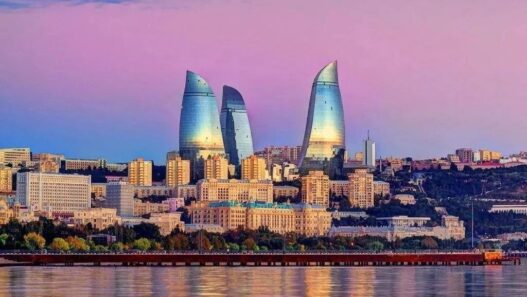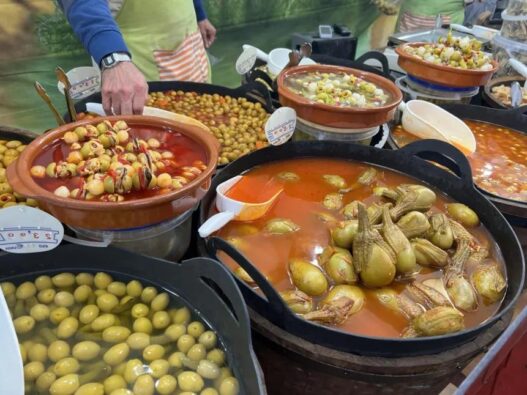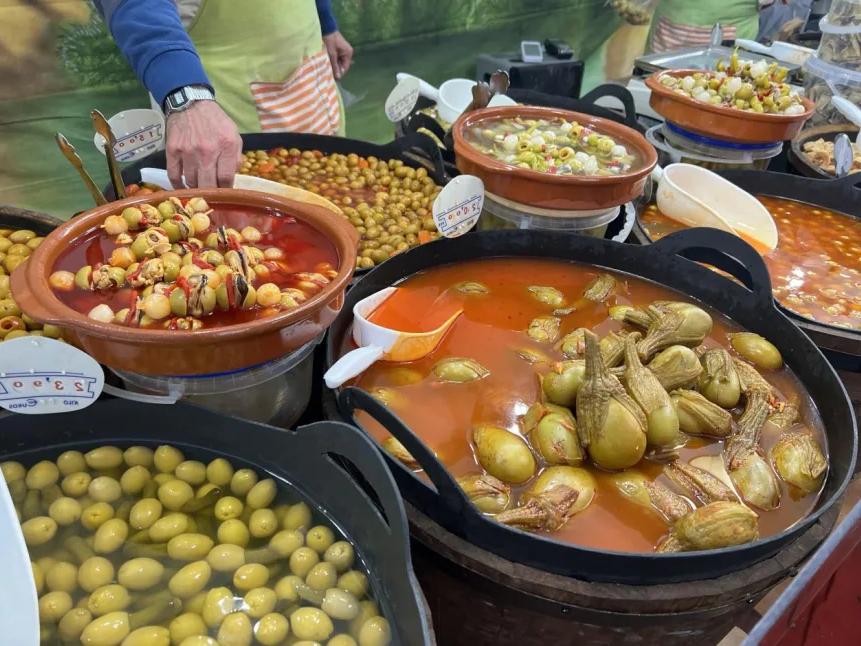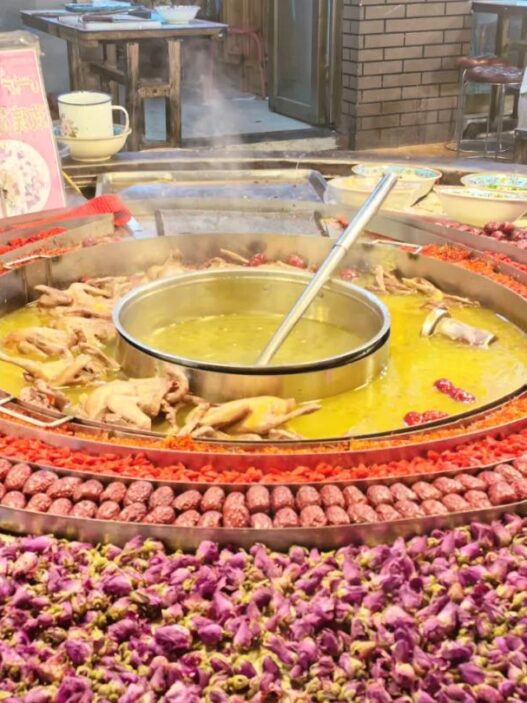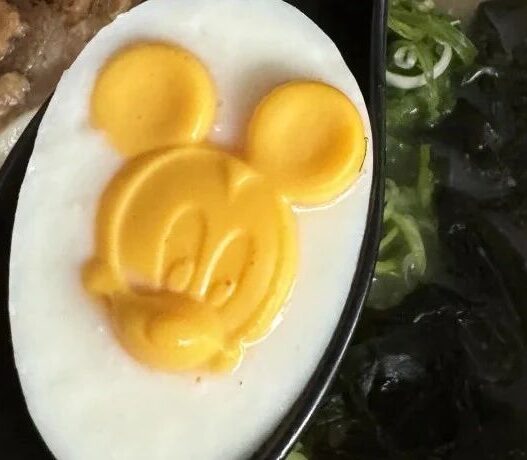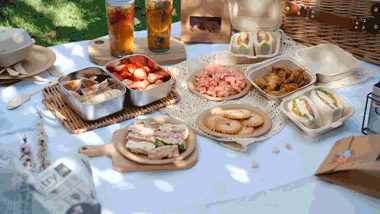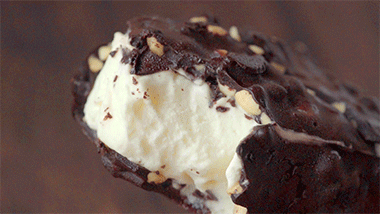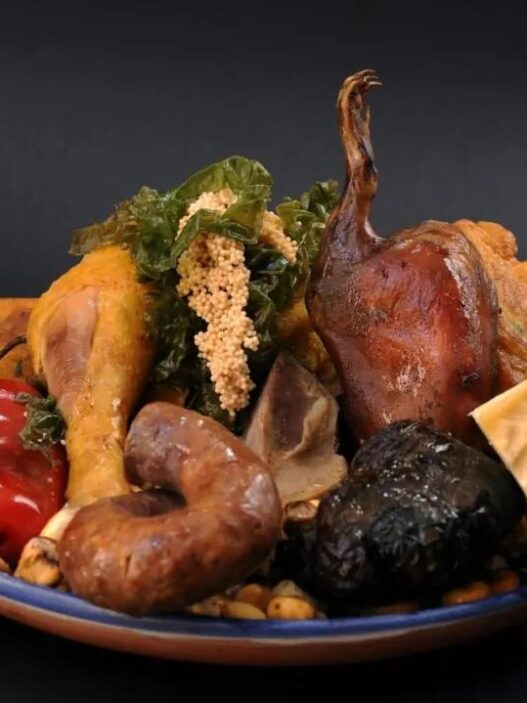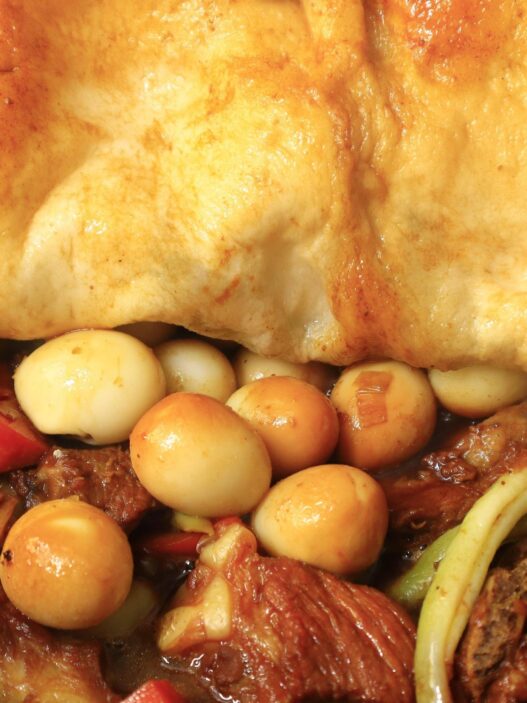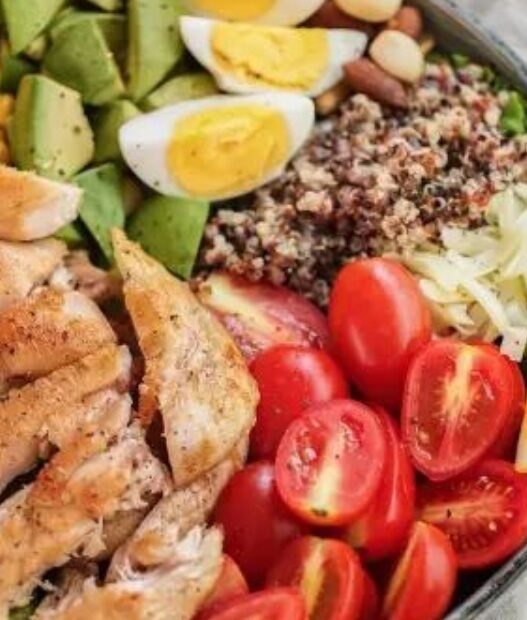When you think of Christmas markets, your mind might conjure up the scent of mulled wine, the warmth of gingerbread houses, and the snowy landscapes of Northern or Central Europe. But if you find yourself in Catalonia, Spain, you’ll be greeted with a completely different scene—sunshine, passion, and a “medieval time-travel drama.” And there are really! Too! Many! People! The bustling crowds instantly remind you of the temple fairs during the Chinese New Year, only the “trophies” in everyone’s hands have changed from couplets and snacks to Spanish nougat.
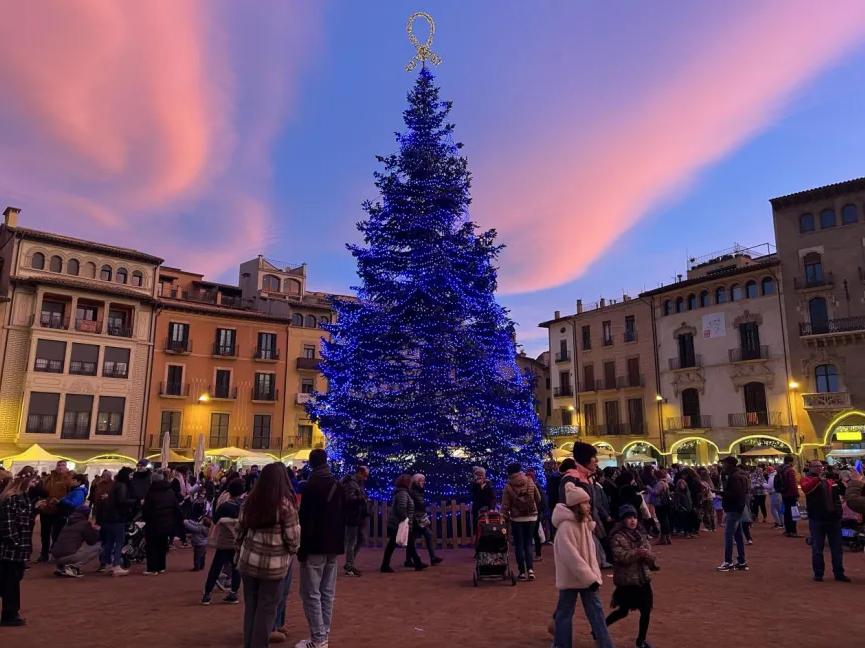
01
Stepping into this Christmas Market / Feels Like Time Travel /
The Christmas market in Catalonia is not just a paradise for food lovers but also a medieval spectacle that makes you question if you’ve picked up the wrong script. In the small town of Vic, not far from Barcelona, an authentic medieval drama unfolds each year during the Christmas market. Vendors dress in medieval attire, playing roles like blacksmiths, weavers, and tavern owners, each one seeming like an NPC, not only acting out their parts but also equipped with a “medieval tone package.”
“Señorita, this hand-woven scarf costs only 3 gold coins!” Uh… Can I pay with euros?
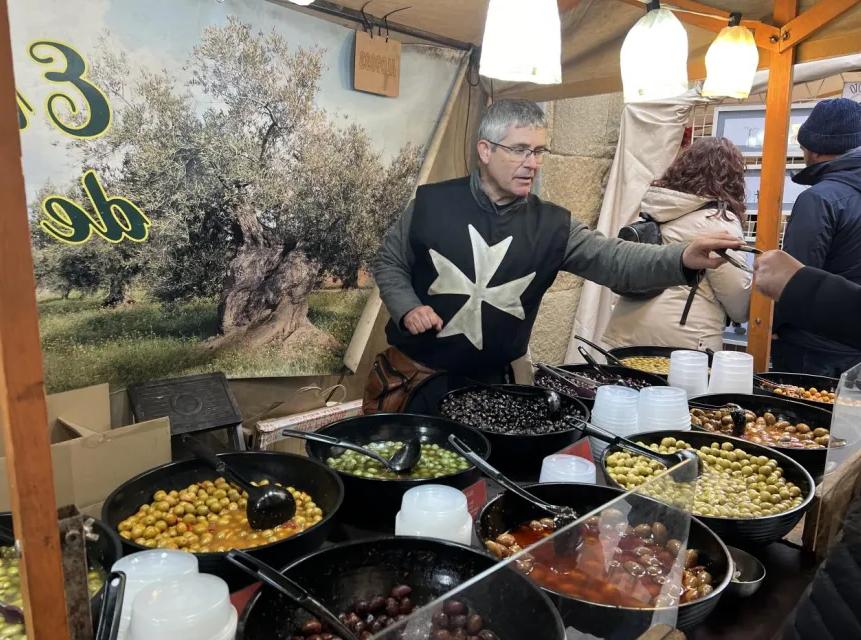
The design of the market stalls also fully recreates the medieval style, constructed from wood and fabric, adorned with handmade crafts and traditional Christmas goods. Vendors introduce their wares in an ancient manner, even conversing in a medieval linguistic style, making you feel as if you’ve traveled back to a time without Wi-Fi. Visitors meander through, experiencing both the warmth of Christmas and the lively, affectionate atmosphere of a medieval fair.
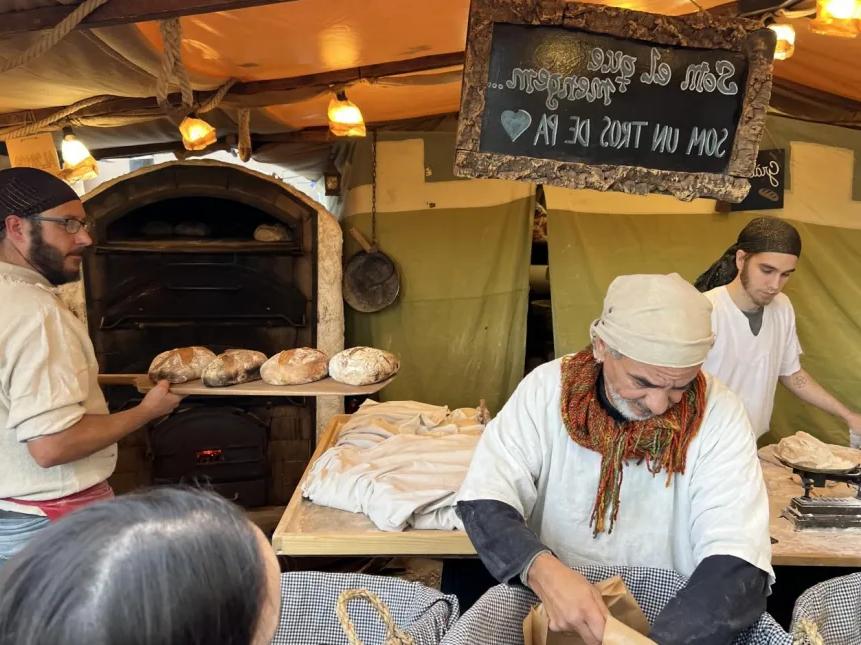
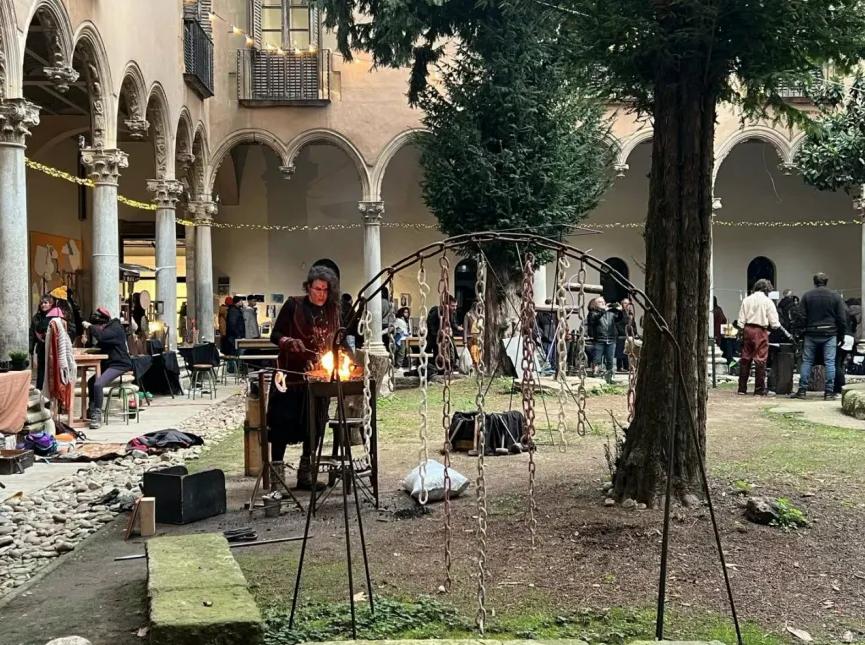
02
Eating and Drinking / The More You Eat, the Happier You Get /
Sweets:At Christmas markets, sweets are always the stars. In Catalonia, churros with hot chocolate (Churros con Chocolate) definitely take center stage. The hot chocolate here is more “refined” than you might imagine, thick like melted chocolate blocks, with a velvety smooth texture when mixed with milk. To add flavor, vendors often incorporate cinnamon, orange zest, or vanilla, making the aroma even more layered. A sip of hot chocolate slides down your throat, sweet and heartwarming, making you forget about calorie counting for a moment, exclaiming the more sweetness, the more addictive.
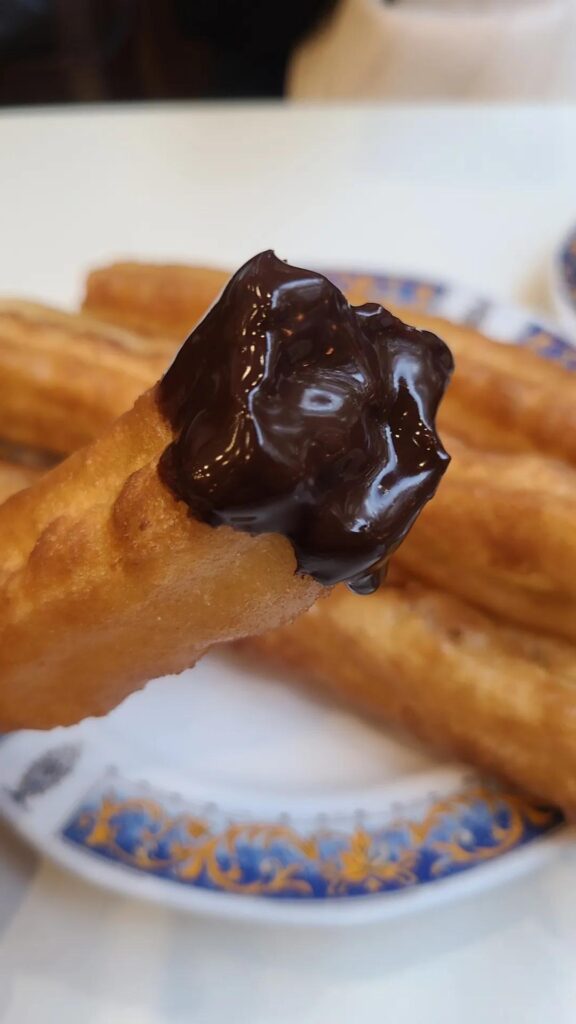
The accompanying churros are equally impressive. The fermented dough is squeezed into a hot oil pot through a long nozzle, making a crackling sound as it fries until golden brown and crispy. Fresh out of the fryer, the churros are crispy on the outside and soft inside, dusted with fine powdered sugar; the aroma alone is enough to make people willingly queue up.
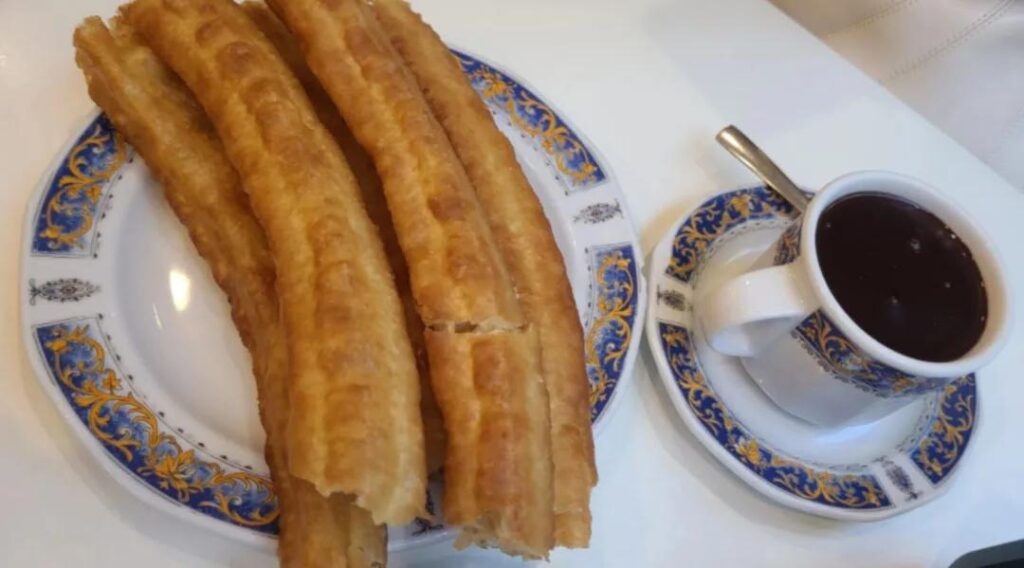
Creative versions of churros are even more eye-catching—filled with chocolate sauce, cream, or pistachio paste, or coated with chocolate and sprinkled with nuts or colorful sugar beads, each bite crispy and sweet, bursting with joy.
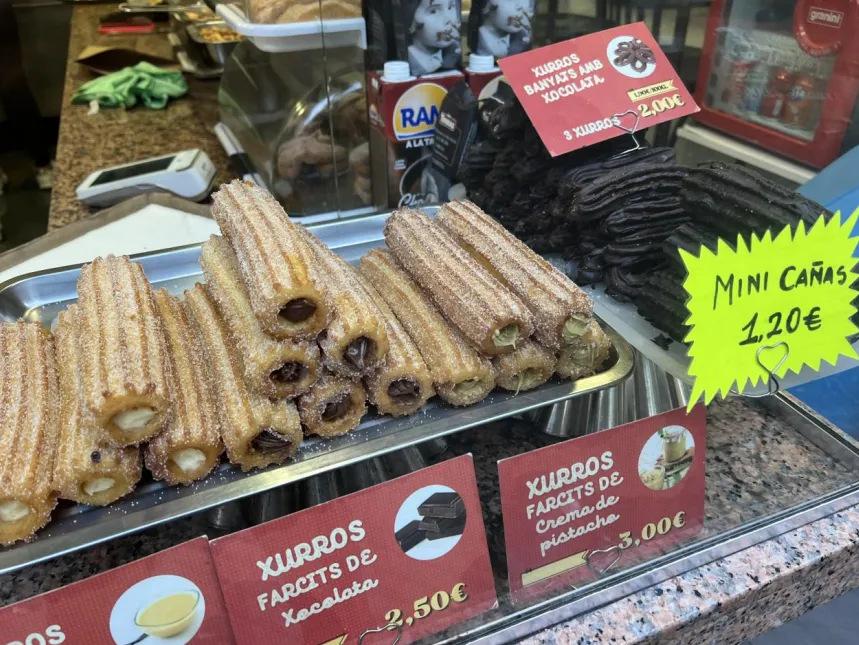
Almond nougat (Turrón) is another sweet protagonist of Catalonian Christmas. This traditional candy, made from almonds, honey, and egg whites, comes in soft and hard varieties: the hard version is crunchy with a strong almond aroma and a slight bitterness of caramel; the soft version is more like concentrated almond paste, smooth and delicate, with just the right amount of sweetness.
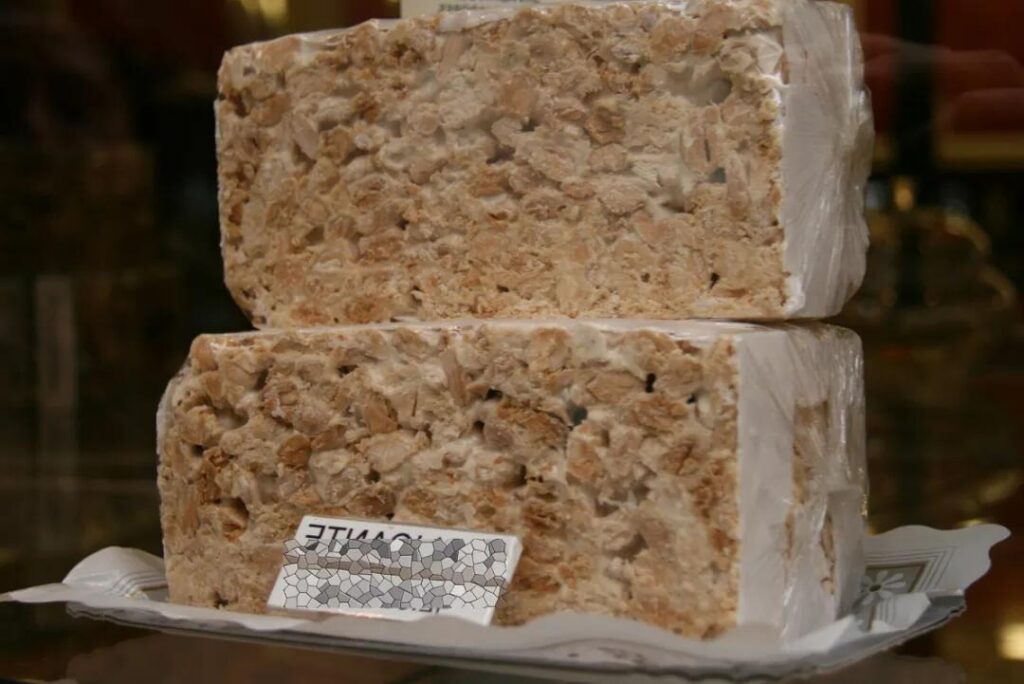
Grilled Onions
Grilled onions (Calcots) are a special flavor at Catalonian Christmas markets. This vegetable, somewhere between an onion and a leek, is slowly grilled over charcoal until the outer skin is charred, revealing sweet, juicy tender onions when peeled. They are dipped in Romesco sauce, made from roasted red peppers, tomatoes, garlic, and almonds, which is rich, with a hint of smokiness, perfectly complementing the sweetness of the onions.
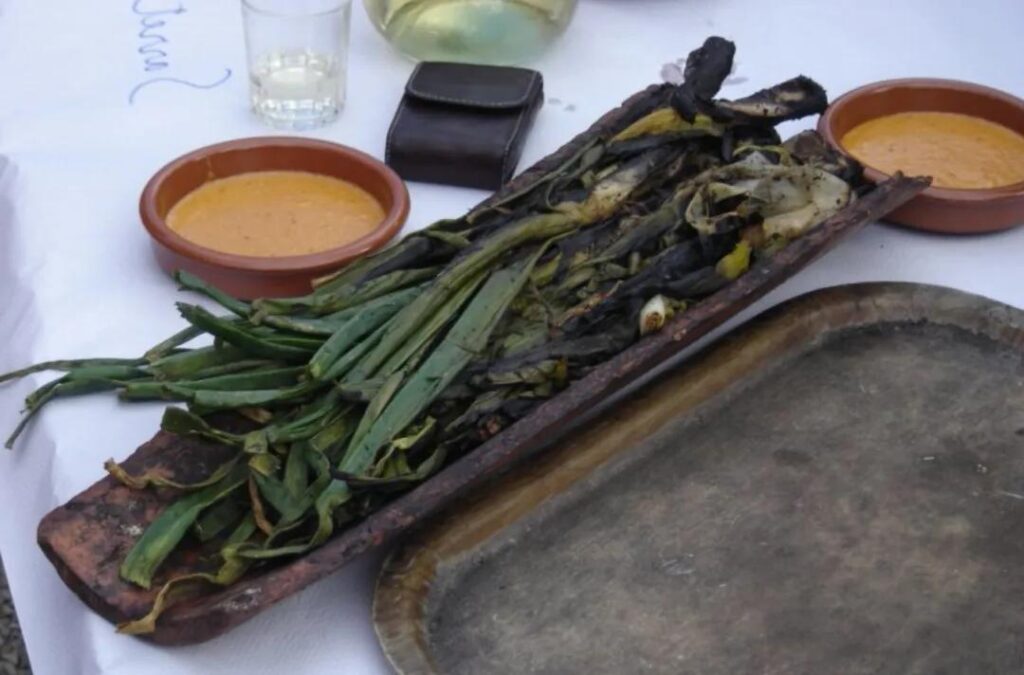
The first time I saw people queuing up to buy grilled onions, I felt my Spanish blood awaken! Isn’t this just the big green onions of Shandong, China? Thus, I couldn’t help but marvel, the charm of onions is indeed global. Now, the question remains, between soy sauce and Romesco sauce, who would be the rightful contender for the top spot in the culinary world?
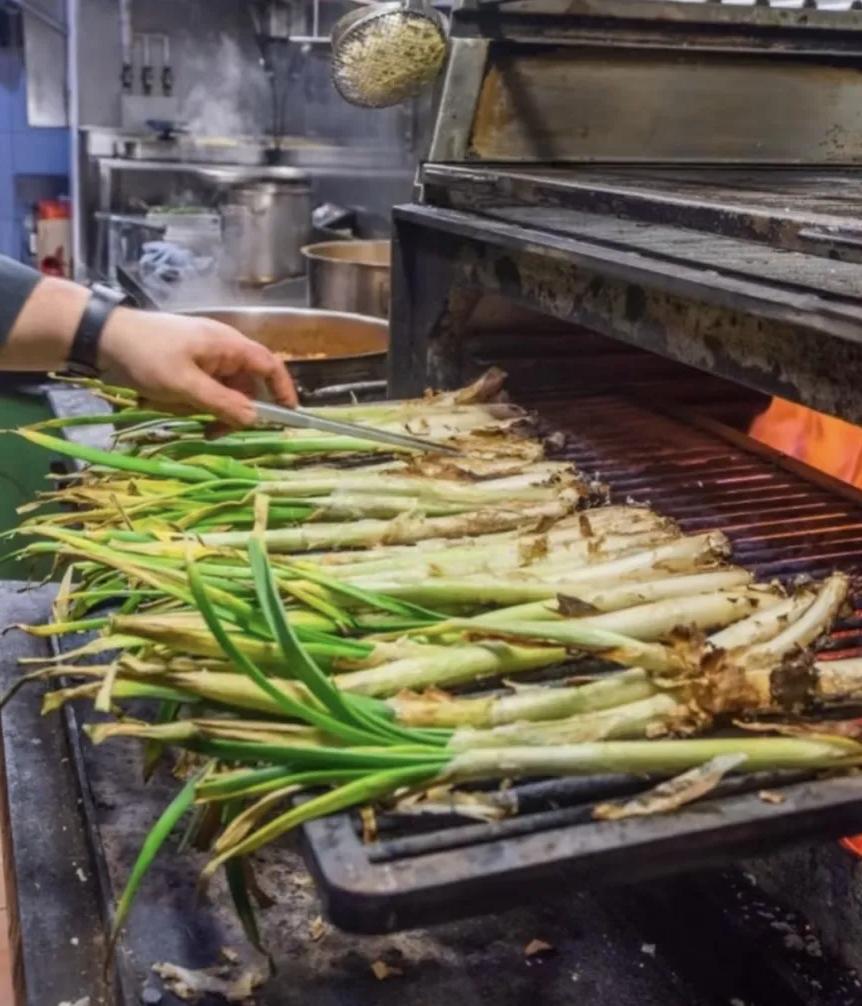
Canned Goods and Pickles
Canned foods hold a significant place in Catalonian markets, and Spain is considered one of the earliest countries to master modern canning technology.
Canned anchovies in salt (Anchoas en Salazón) are a signature of Catalonian canned goods. The fish, after being cured in sea salt and then soaked in olive oil, are both salty and delicate, with a strong sea flavor. Pickled olives (Aceitunas Marinadas), on the other hand, are a traditional snack, marinated with herbs, chili, and lemon peel, full and juicy with rich flavors.
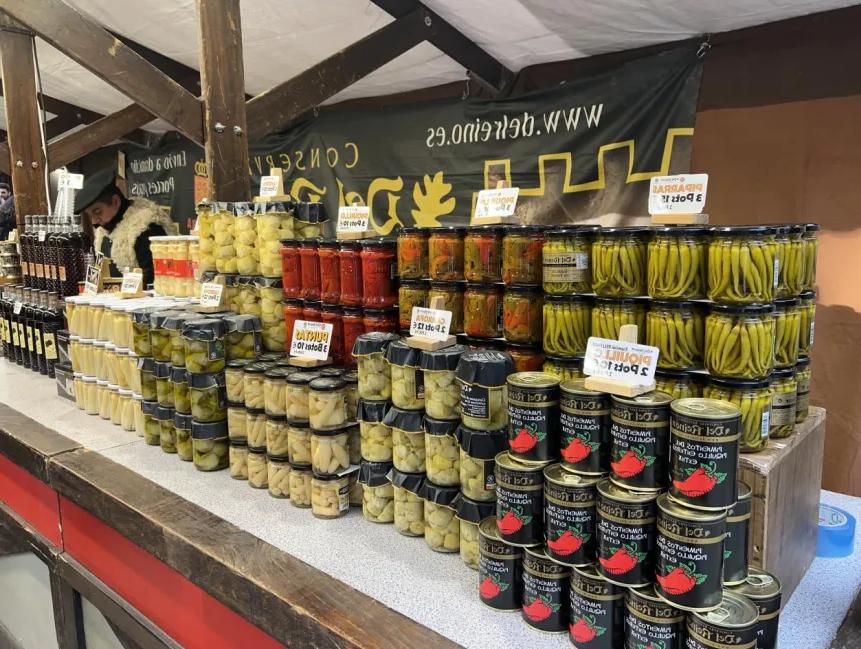
These canned goods not only preserve the unique flavors of the Mediterranean but also become popular export commodities. Today, at the Christmas market, these canned foods are often paired with cheese and bread for tasting, serving as both a delicacy and a “living fossil” of Mediterranean cuisine.
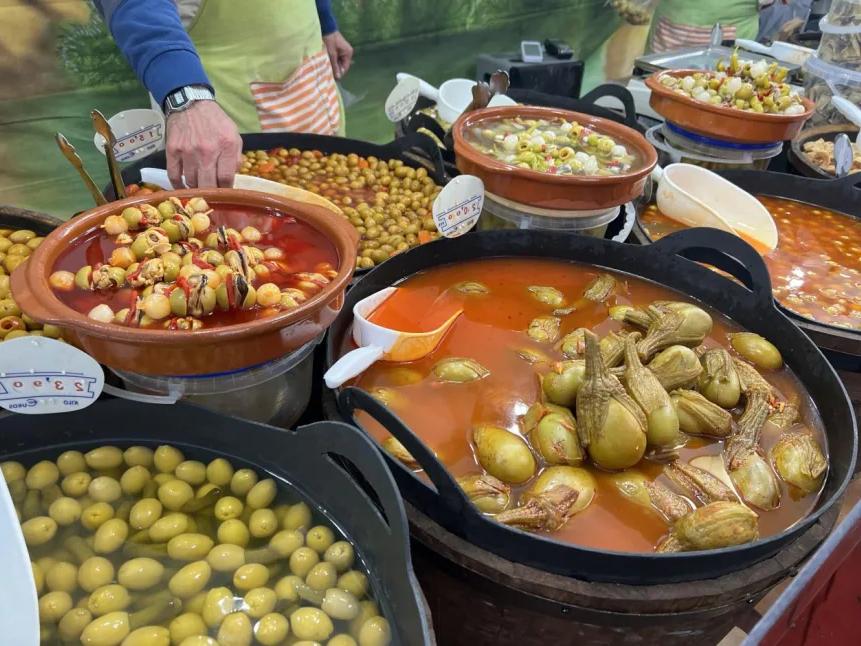
Sausages
Sausages are another highlight of the Catalonian Christmas market.
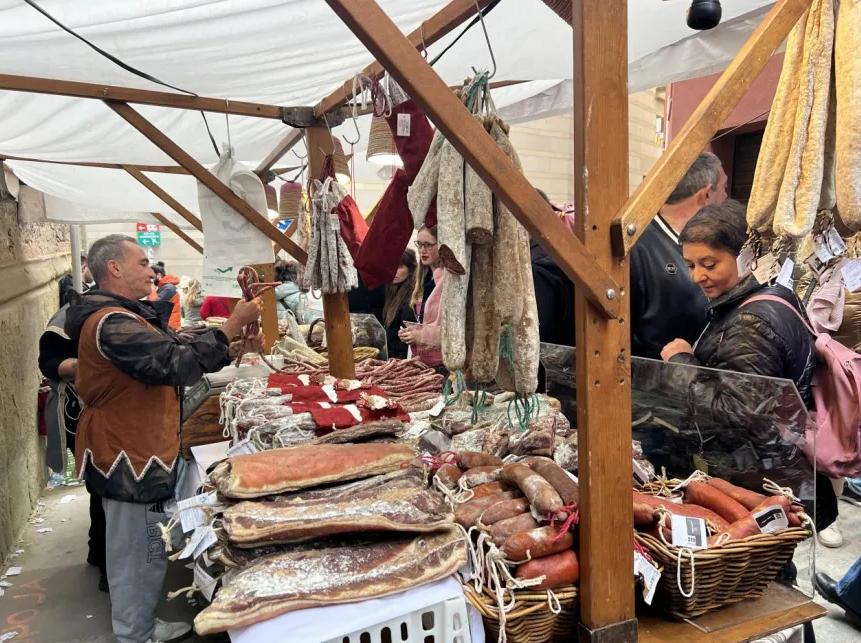
Fuet and Longaniza are two of the most popular cured sausages, with fresh meat and fine seasoning. Fuet highlights the natural aroma of the meat, being soft and tender.
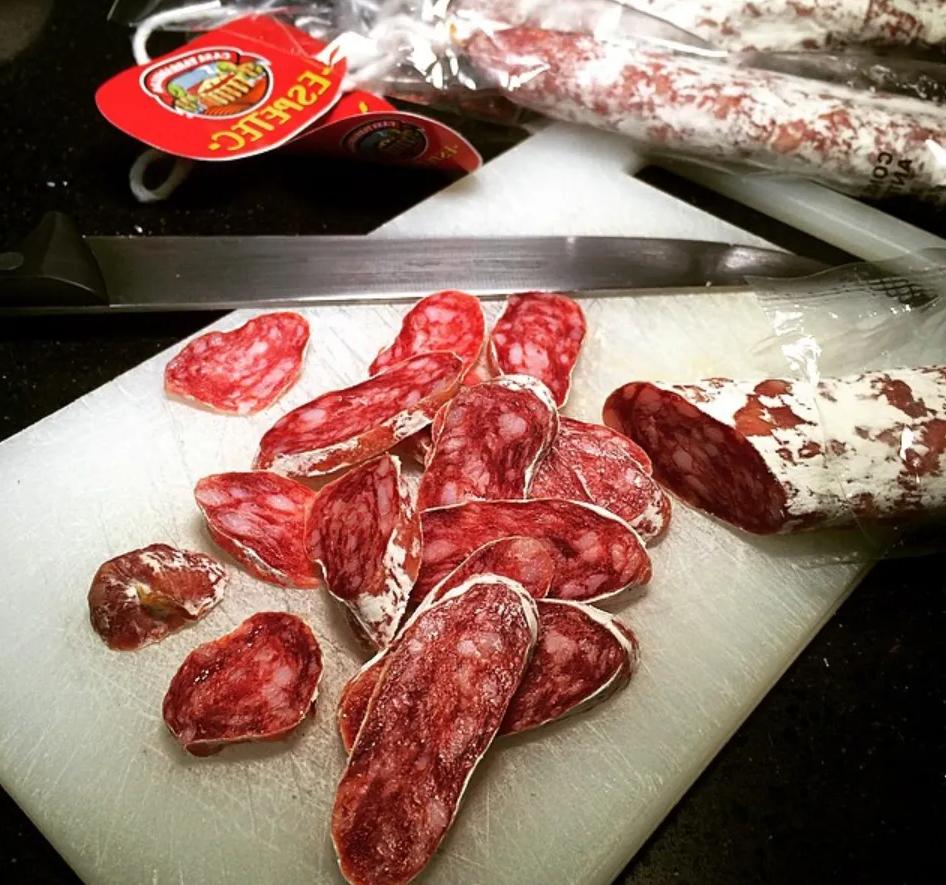
Longaniza, on the other hand, incorporates spices, offering a more intense flavor. Vendors often slice them on-site, allowing you to taste these delights as you wander.

Wine is a Must
If you’re used to mulled wine at Christmas markets, you might need to adjust to Catalonia’s rhythm. There’s no mulled wine here, but they have their own “heart-warming remedies”: mead (Hidromiel) and sangria (Sangría).
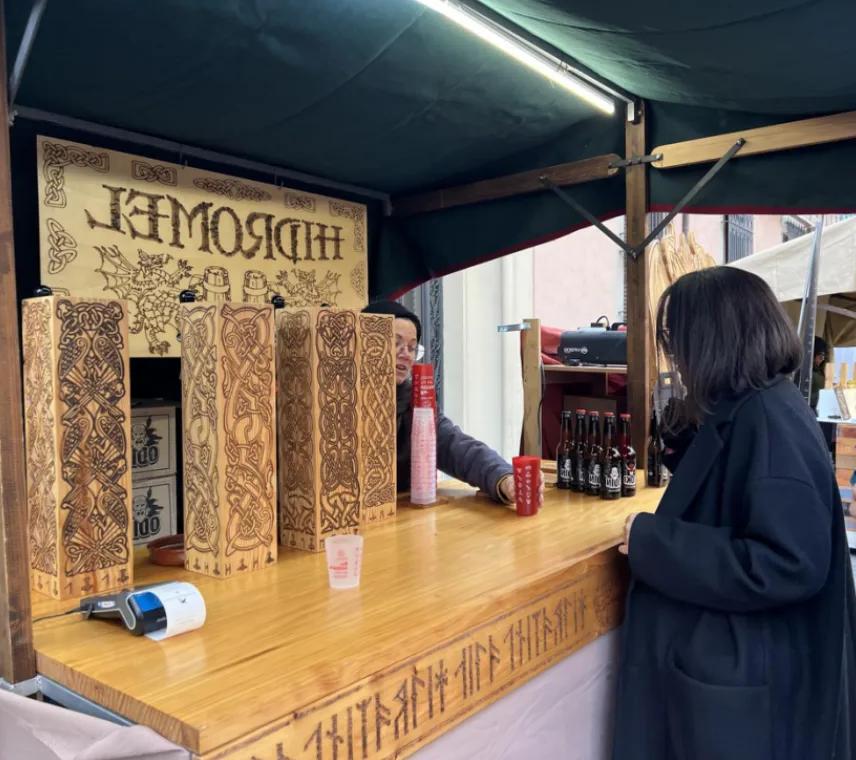
Mead, fermented from honey, is a traditional drink with a natural honey aroma and a slight sweet-tart taste, offering warmth and a sense of ancient ritual when consumed.
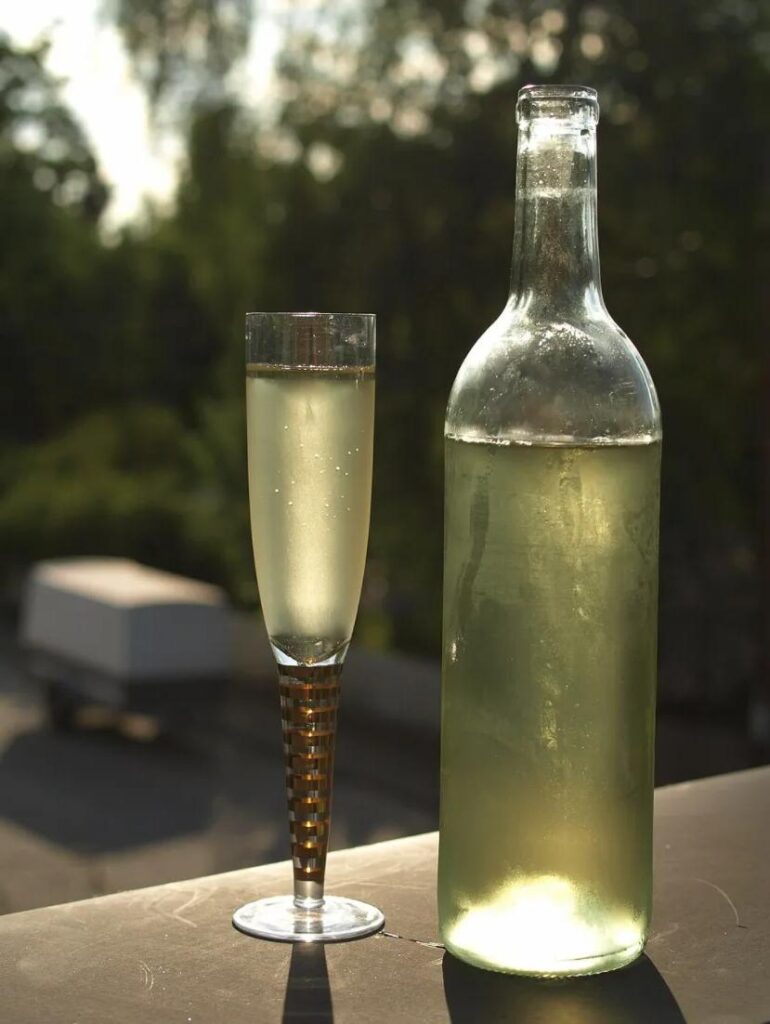
Sangria is made from red wine, orange juice, and fruit slices, sweet yet refreshing. Drinking a glass feels like finding summer sunshine in winter. However, this drink is deceptively smooth; it’s easy to get drunk without realizing it.
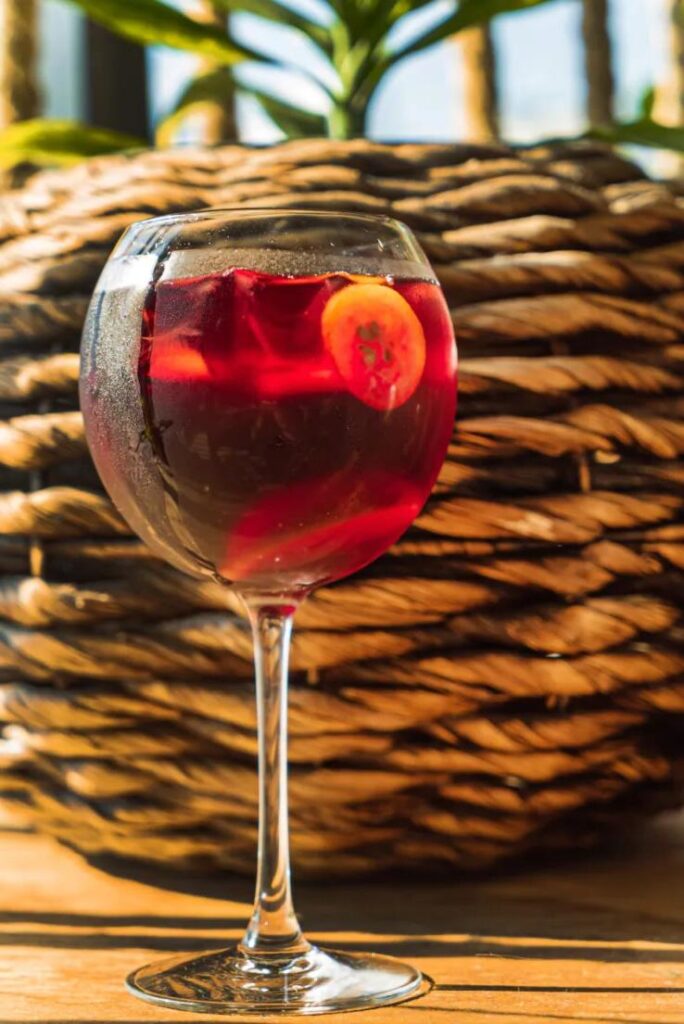
03
More Than Just Eating, There’s Fun / When Medieval Meets Modern /
Catalonia has another tradition that makes people laugh out loud during Christmas—the placement of the “pooping man” (Caganer) and the “pooping log” (Caga Tió). The Caganer is a lifelike figurine of a man ‘fertilizing’ the fields, symbolizing the fertility and abundance of the land, showcasing the unique humor of Catalonians.
At the Christmas market, you’ll find them at every stall. Besides traditional figures, there are modern versions like politicians, celebrities, and even superheroes. Buying a “pooping man” to take home feels like bringing back the joy and cultural essence of Catalonia.
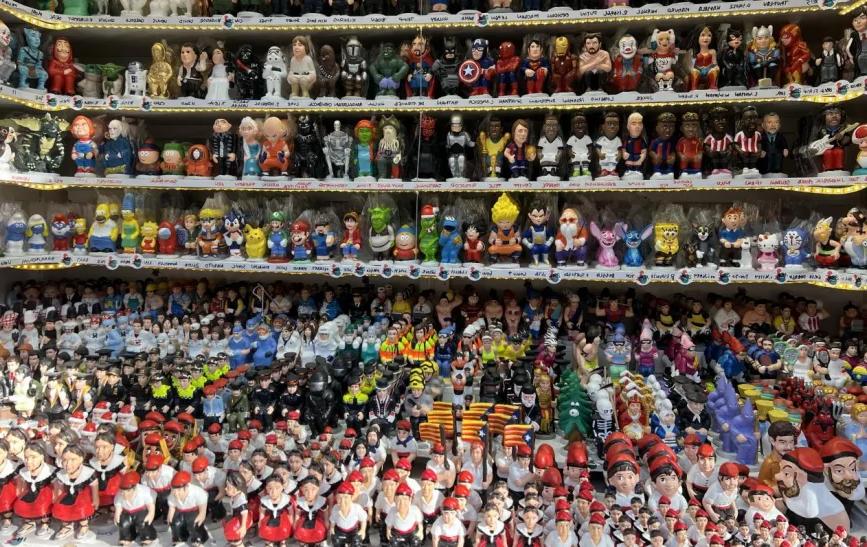
The Caga Tió, a small log wearing a red hat, is considered a symbol of festive magic by children. Every day leading up to Christmas, kids “feed” it with orange peels and nuts, and on Christmas Eve, they beat it with a stick, singing songs while hoping for the log to “poop out” candies and gifts.
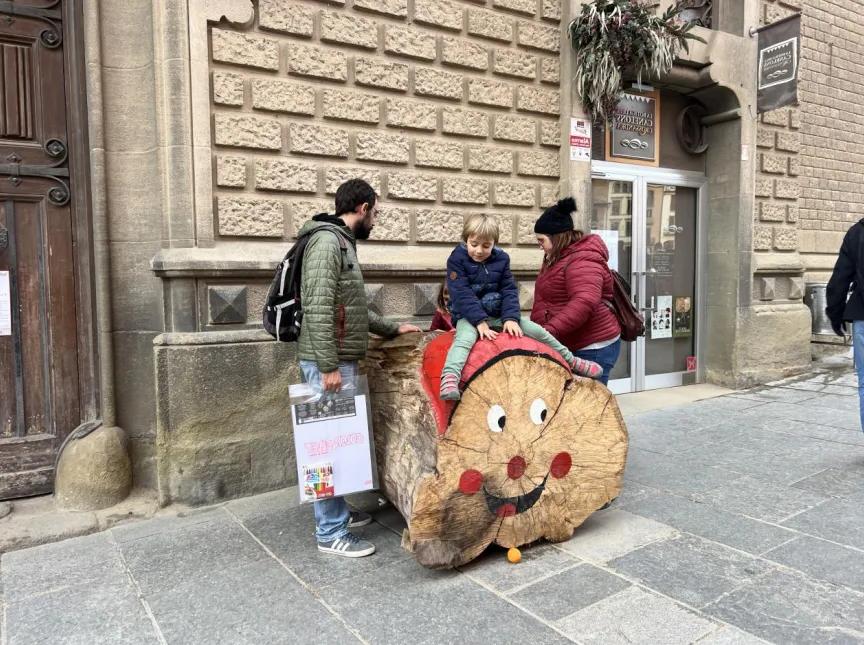
Besides the array of foods and crafts, the Catalonian Christmas market is full of interactive fun. You can experience archery (tiro con arco), feeling like a medieval knight in an instant; or try pottery making (alfarería), crafting a unique souvenir with your own hands. Children especially enjoy this—they can learn to weave small trinkets with ancient tools or make candles.
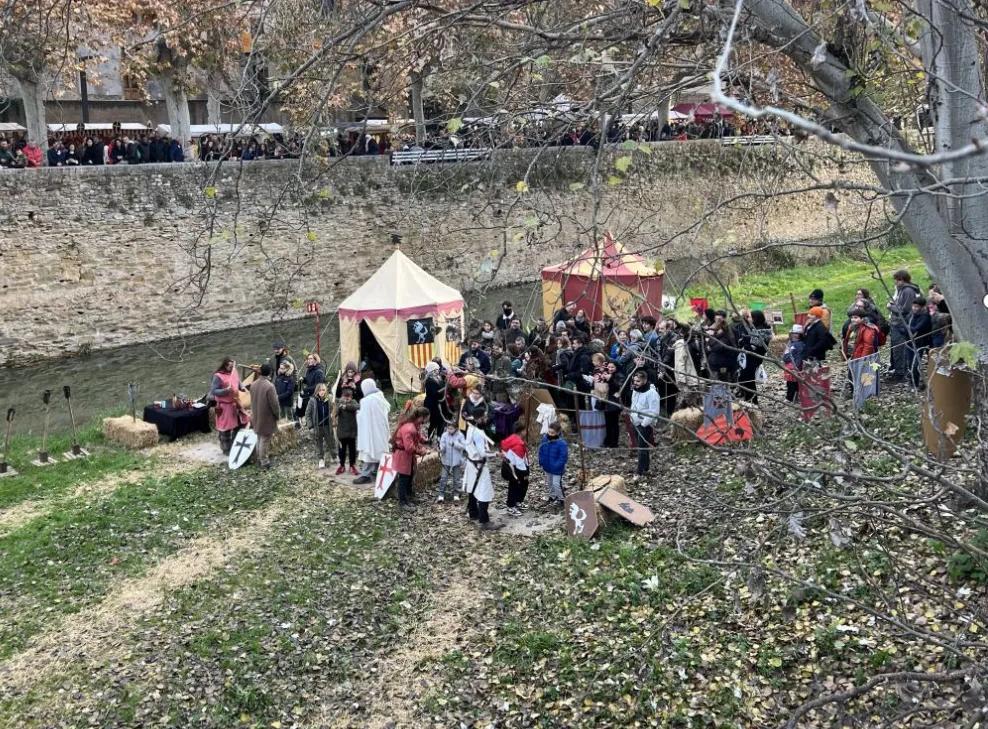
Street performances are also a major highlight. Spontaneous theater and music performances bring the entire market to life. You might find yourself pulled into a “rehearsal” of a medieval wedding, experiencing the romance of that era.
In Catalonia’s Christmas market, every step feels like stepping into a magical cross-temporal adventure. From seeing the amusing pooping man to the blood-awakening grilled onions, to sipping on the enchanting mead and sangria, you’ll discover this is not just a market but a quirky party that satisfies the palate and delights the soul.






